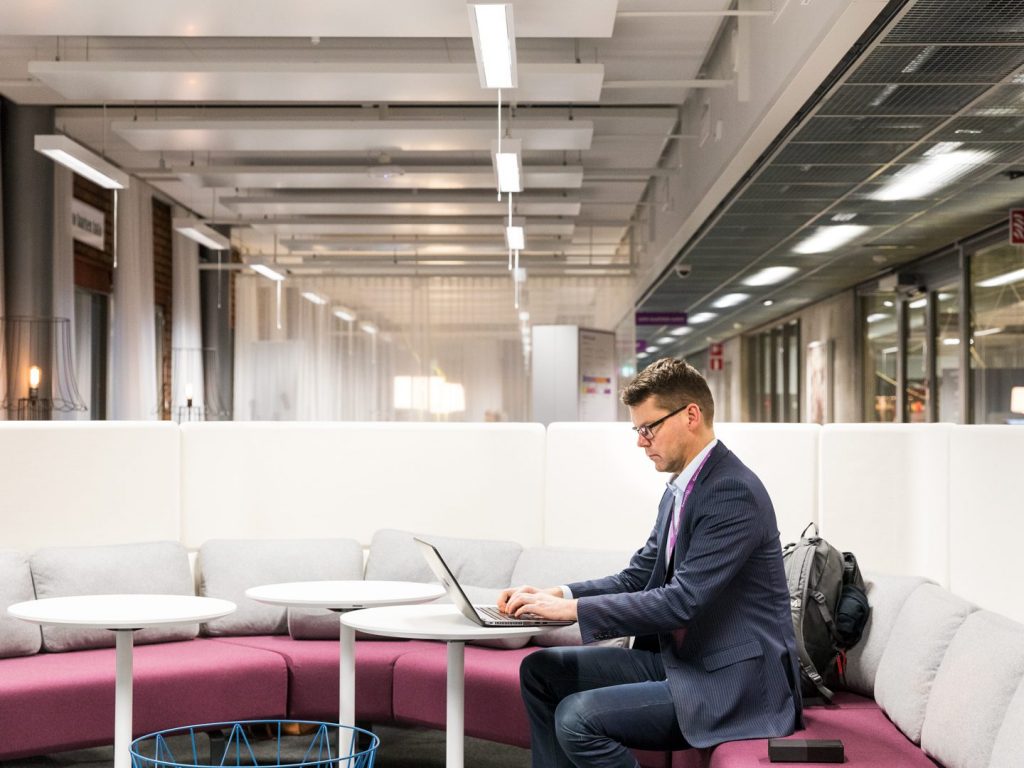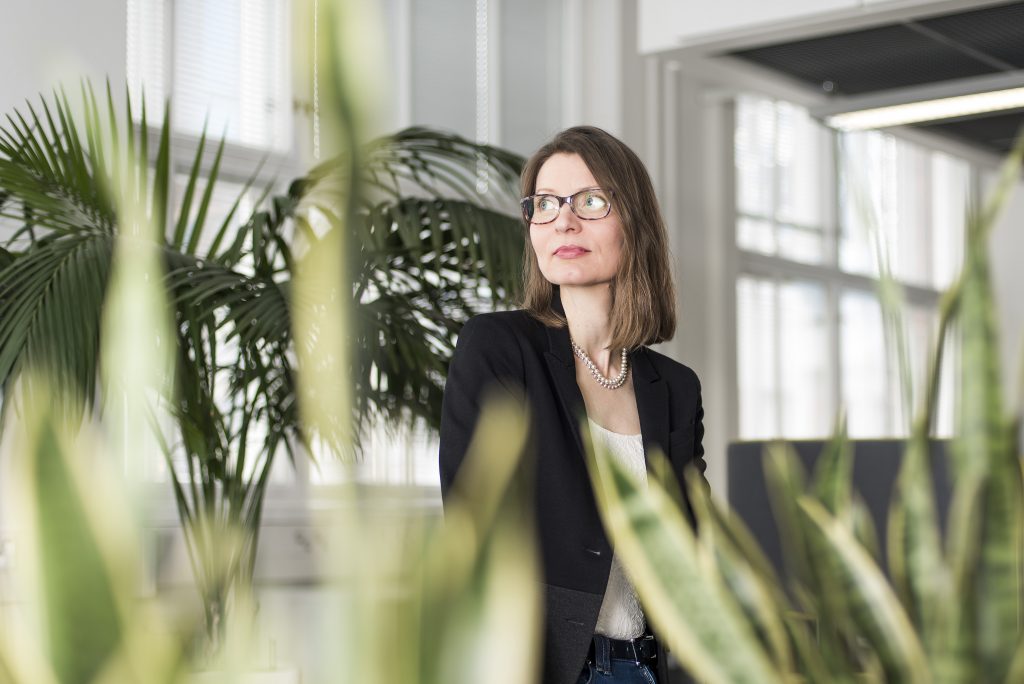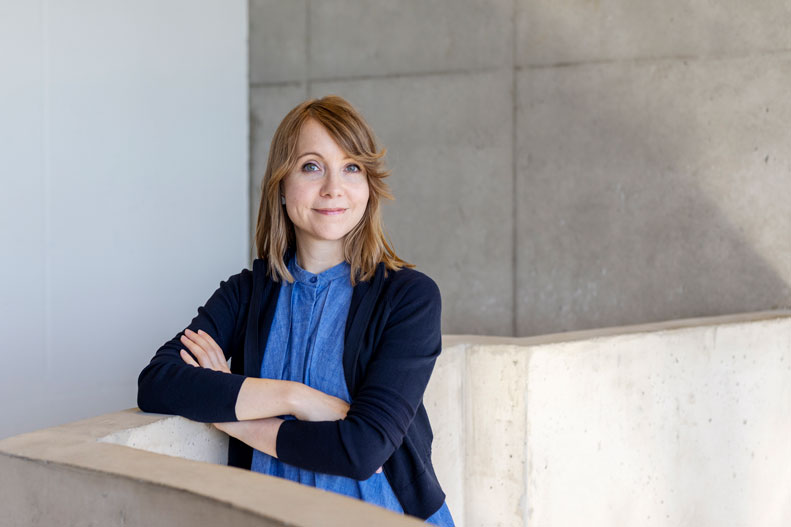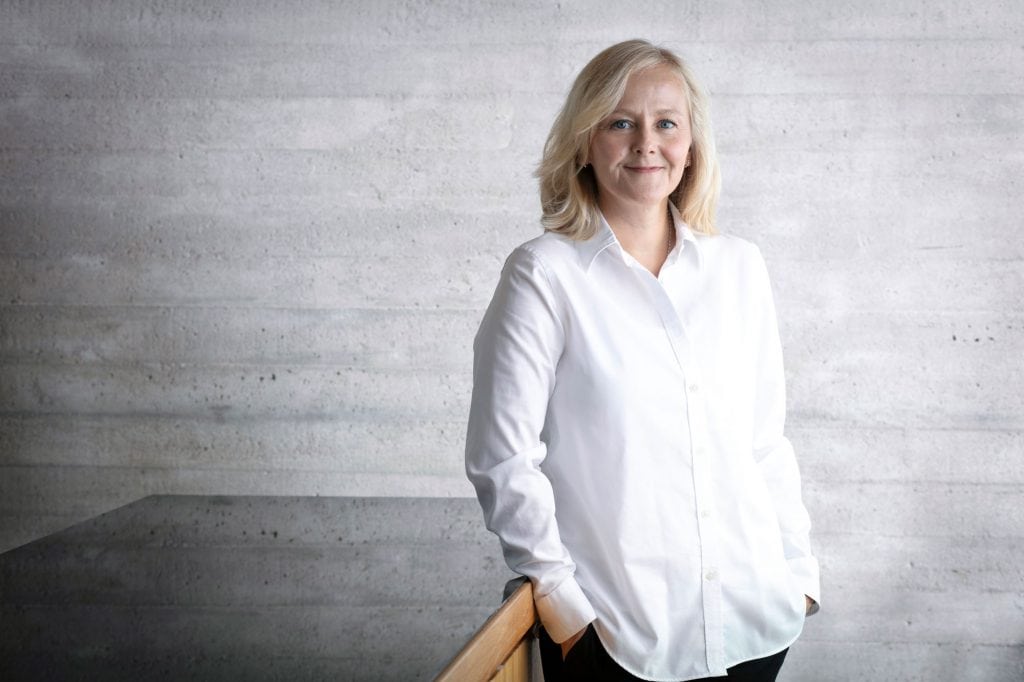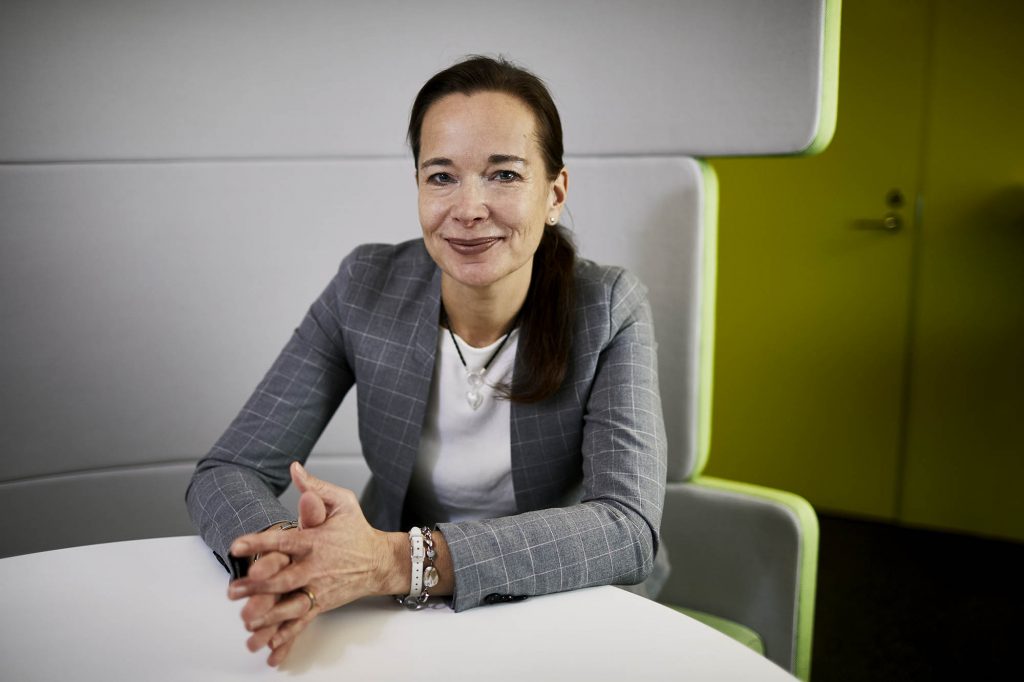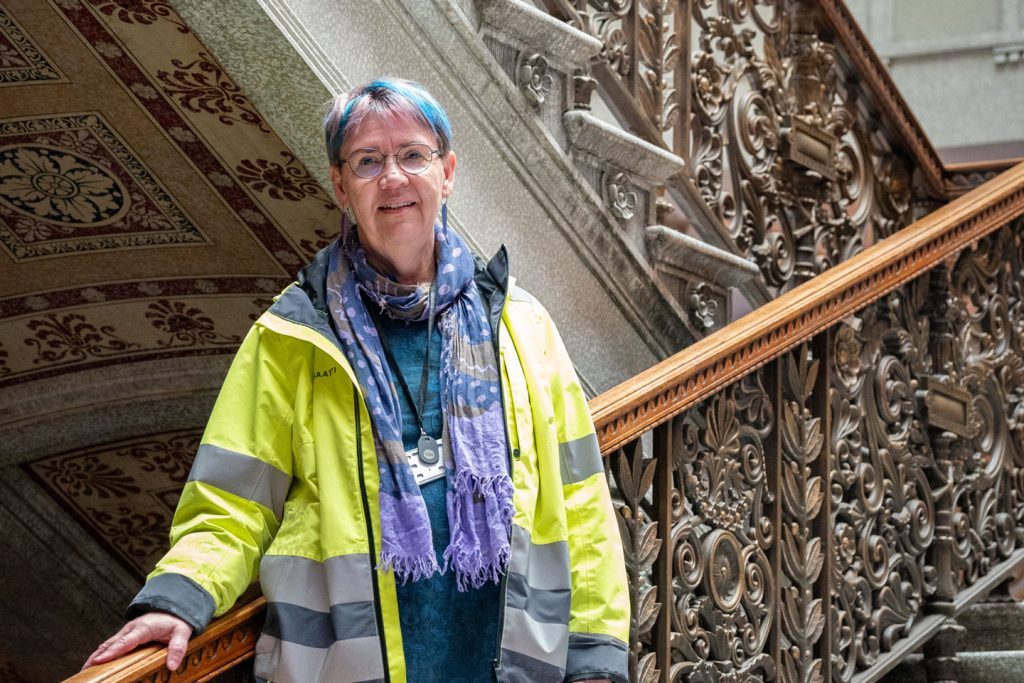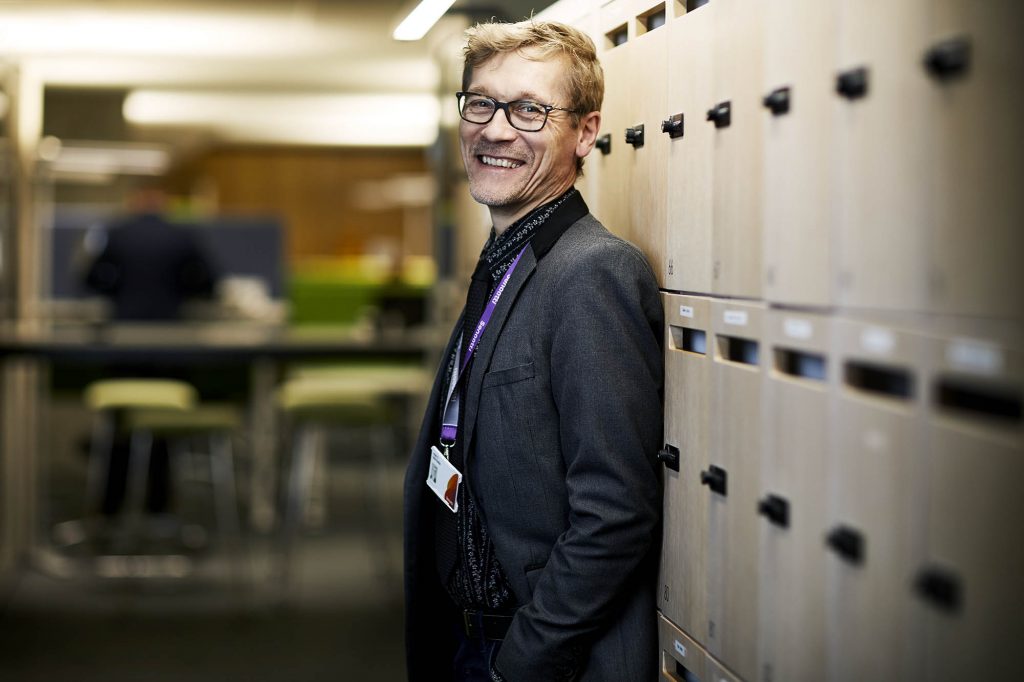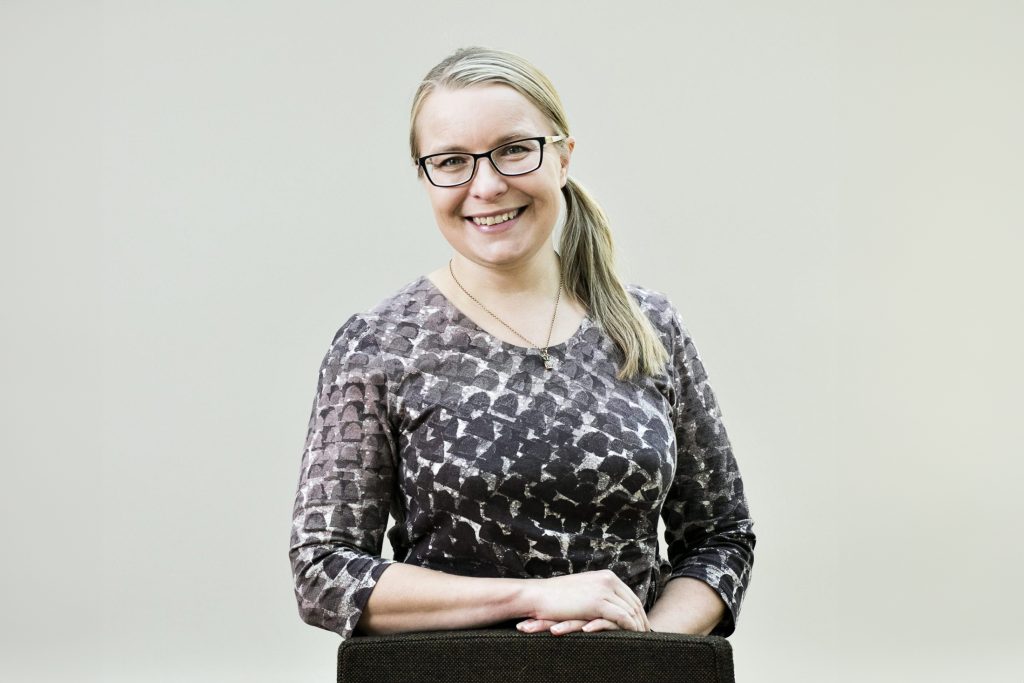Ambassador for good indoor air
Indoor conditions at the workplace are likely to be fine if they require no attention. However, users of our premises report coldness in winter, drafts caused by air conditioning, and indoor air stuffiness. My job involves developing procedures and actions to ensure indoor air quality and indoor climate control at central government workplaces so that our customers have pleasant and healthy work environments. In practice, this means that, relying on Senate’s indoor air specialists, I assess guidelines, practices, and policies, including grounds, related to indoor conditions, and plan indoor conditions training at Senate.
What does your job involve?
One of my key duties is assessing our guidelines and practices related to indoor conditions in terms of their relevancy and effectiveness. These guidelines and practices should reduce indoor air problems, improve job satisfaction and promote well-being at work.
I’m the leader of the indoor climate team at Senate Properties, and I’m responsible for organising its operations. The team has 17 members, who put their heads together to improve indoor air quality.
There has been a clear shift in perspective in my work: we no longer just talk about quickly resolving indoor air problems, but more specifically about how to create and maintain premises to support wellbeing and avoid the emergence of indoor air problems. Under the proactive action plan for indoor conditions, this requires buildings to be designed and constructed carefully, their facilities uses wisely and timely maintenance and repairs. The package also includes careful property maintenance and cleaning.
What are the goals of the indoor climate team’s work?
Our goal is to integrate aspects related to indoor climate into account naturally in all of our operations – from facilities solutions to construction, property maintenance and use.
Our primary goal is to support our property, maintenance and development managers in identifying indoor air quality problems and in implementing proactive measures.
I believe that the number of indoor air quality problems will continue to fall, leaving us to focus on building design that promotes health and wellbeing.
Three principles that guide your work?
- Our job is to eliminate indoor climate problems arising from construction or buildings. We have healthcare professionals to turn to when symptoms caused by indoor air are related to individual sensitivity, for example. Research in the field helps us better identify ways to help people suffering from symptoms caused by indoor air and environmental sensitivities.
- We build facilities for people. Their level of satisfaction determines our level of success in our work. Perfect satisfaction is not possible, but we seek to apply a zero tolerance approach to indoor air problems.
- High-quality indoor air is an integral part of our service network’s day-to-day operations. Guidelines and quality manuals alone are not enough. Their content must be integrated into all construction and property maintenance.
What is the most significant future trend in your field?
We can identify the following phenomena in conjunction with indoor conditions:
- Various digital monitoring systems will be emphasised in the design of HVAC and building technology, and AI will be used to optimise indoor conditions and indicate the need for preventive maintenance.
- The circular economy and ensuring the safe reuse of building materials from the indoor air aspect are topical subjects of debate.
- The negative effects of climate change and extreme weather phenomena also apply to construction and the use and maintenance of buildings, and require, for example, investments in preventing moisture damage and overheating.
About me
I hold a PhD and am a docent, exposure and health risk assessment of indoor air contaminants. I previously worked for University Properties of Finland Ltd and the University of Eastern Finland.
